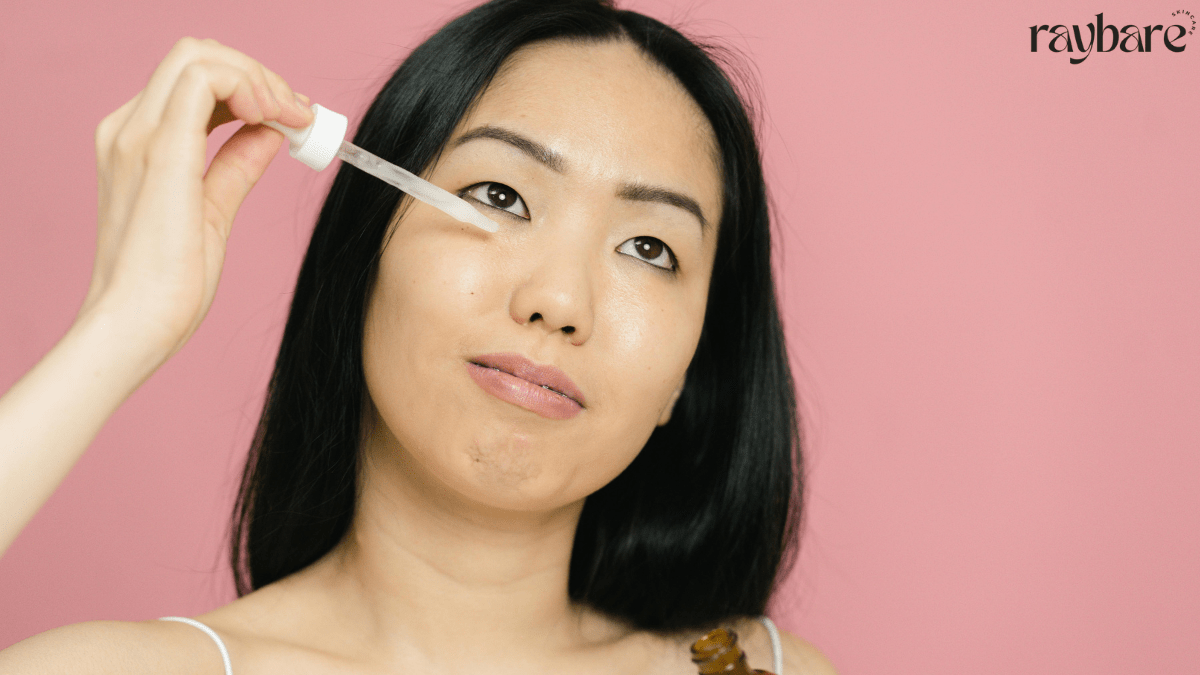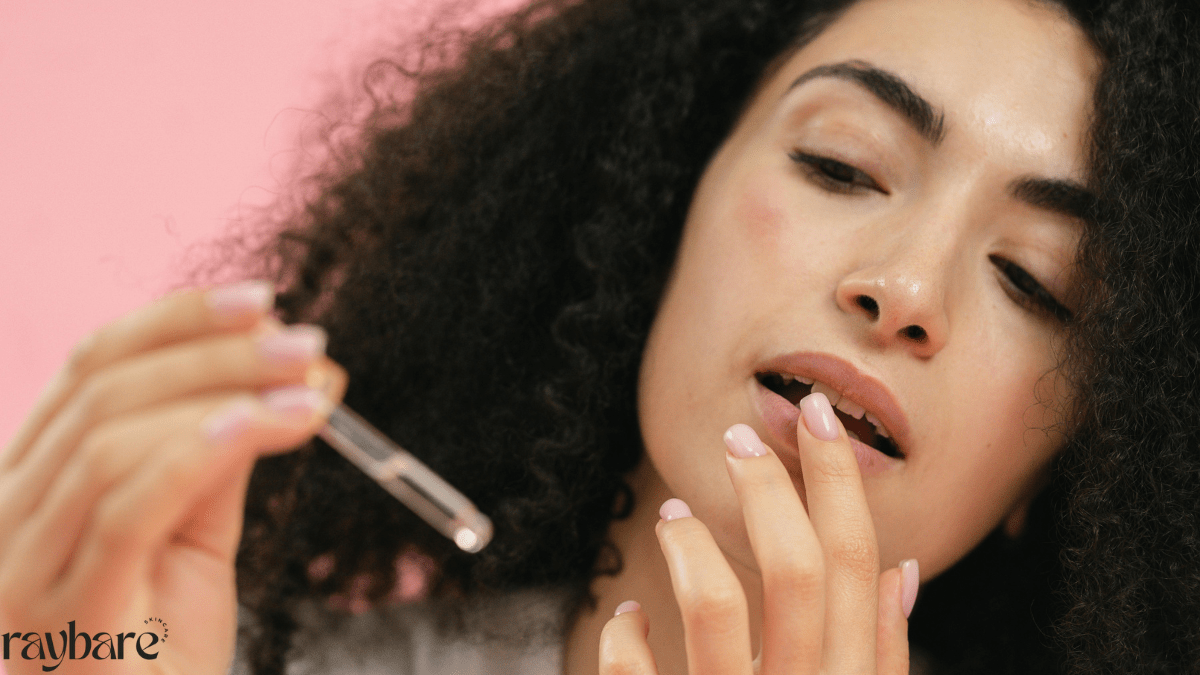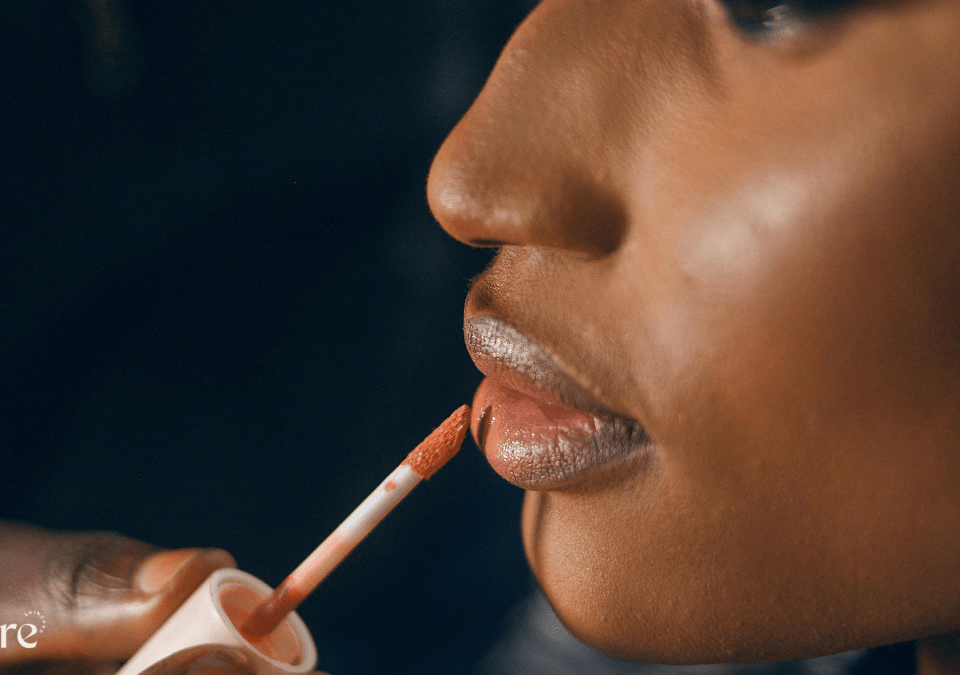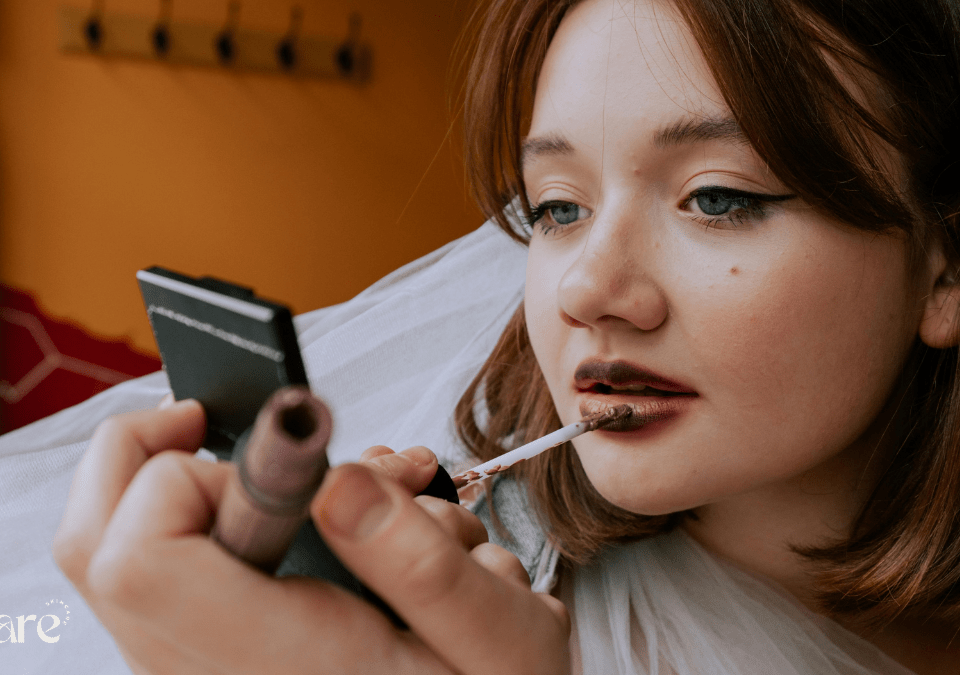The Shadow Health skin Hair and Nails assessment is a vital tool for healthcare students, combining objective and subjective data to evaluate patient health. This guide covers everything from Shadow Health Skin Hair Nails objective data to nursing progress notes, along with tips for maintaining healthy skin, hair, and nails. Whether you’re preparing for exams or curious about self-care, this article provides expert insights and practical advice.
Shadow Health Skin, Hair, and Nails: A Comprehensive Guide
When it comes to assessing overall health, the condition of your skin, hair, and nails can reveal a lot. Shadow Health, a leading digital health platform, offers a detailed simulation for nursing students and healthcare professionals to practice evaluating these areas. This guide dives into the Shadow Health skin objective data, subjective findings, and how to document them in nursing progress notes. We’ll also explore resources like Shadow Health: skin, hair, and nails Quizlet, provide insights into Shadow Health skin answers, and review the effectiveness of the platform. Whether you’re a student or simply curious about maintaining healthy skin, hair, and nails, this article has you covered.
Understanding Shadow Health Skin, Hair, and Nails Assessments
The Shadow Health skin assessment is a virtual simulation designed to help nursing students develop clinical skills. It focuses on both objective data (what you can observe) and subjective data (what the patient reports). For example, objective data might include noting dry skin or brittle nails, while subjective data could involve the patient mentioning hair loss or itching.
This simulation is particularly useful because it mimics real-life patient interactions. You’ll learn to ask the right questions, document findings accurately, and identify potential health issues. It’s a great way to build confidence before working with actual patients.

Objective Data: What to Look For
When conducting a Shadow Health skin objective data assessment, you’ll focus on visible and measurable signs. Here’s what to keep an eye on:
- Skin: Check for color, texture, moisture, and any abnormalities like rashes, lesions, or bruising.
- Hair: Look for thickness, distribution, and signs of hair loss or damage.
- Nails: Observe the shape, color, and texture. Brittle or discolored nails can indicate underlying health issues.
For example, yellow nails might suggest a fungal infection, while pale skin could point to anemia. These observations are crucial for accurate diagnosis and treatment.
Subjective Data: Listening to the Patient
The Shadow Health skin subjective assessment involves gathering information directly from the patient. This includes asking about:
- Any recent changes in skin, hair, or nails.
- Symptoms like itching, pain, or hair loss.
- Lifestyle factors such as diet, stress, or exposure to chemicals.
For instance, a patient might report excessive hair shedding after a stressful event. This subjective data complements your objective findings, helping you form a complete picture of their health.
Documenting Findings: Nursing Progress Notes
Accurate documentation is key in healthcare. In the Shadow Health skin nursing progress notes, you’ll record both objective and subjective data. Be specific and concise. For example:
- Objective: “Patient presents with dry, flaky skin on elbows and knees. Nails are brittle with slight yellow discoloration.”
- Subjective: “Patient reports increased hair shedding over the past three months and frequent itching on the scalp.”
These notes ensure continuity of care and help other healthcare providers understand the patient’s condition.
Using Shadow Health: Skin, Hair, and Nails Quizlet
If you’re a student preparing for exams, Shadow Health: skin, hair, and nails Quizlet flashcards can be a lifesaver. They cover key concepts, terminology, and assessment techniques. For example, you might find questions like:
- What are the signs of a fungal nail infection?
- How does dehydration affect the skin?
Using Quizlet alongside the Shadow Health simulation can reinforce your learning and boost your confidence.
Shadow Health Skin, Hair, and Nails Answers
Many students search for Shadow Health skin hair and nails answers to check their understanding. While it’s tempting to look for shortcuts, it’s better to use these resources as a learning tool. For example, if you’re unsure about a finding, review the rationale behind the correct answer. This approach helps you retain information and apply it in real-world scenarios.
Shadow Health Skin, Hair, and Nails Review
Most users find it incredibly helpful for building clinical skills. The simulation is realistic, and the feedback is detailed. However, like any tool, it’s most effective when used consistently and in combination with other study methods.
Maintaining Healthy Skin, Hair, and Nails
Beyond assessments, maintaining healthy skin, hair, and nails is essential. Here are some tips:
- Stay Hydrated: Water is crucial for skin elasticity and nail strength.
- Eat a Balanced Diet: Include vitamins like Biotin (B7) and Vitamin E, which are great for skin, hair, and nails.
- Avoid Harsh Chemicals: Use gentle skincare and haircare products.
- Manage Stress: High stress levels can lead to hair loss and skin issues.
Personal Experience
As someone who has used the Shadow Health platform, I can attest to its effectiveness. The Shadow Health skin assessment helped me understand the importance of thorough evaluations. For example, during one simulation, I noticed a patient’s pale skin and brittle nails, which led me to consider anemia as a possible diagnosis. This experience reinforced the value of combining objective and subjective data.

FAQ’s
1. Does hair, skin, and nails really work for hair growth?
Yes, supplements containing Biotin and other vitamins can support hair growth, but results vary. A balanced diet is equally important.
2. What health conditions can affect hair, skin, and nails?
Conditions like thyroid disorders, anemia, and fungal infections can impact these areas.
3. How can I make my hair, skin, and nails healthy?
Stay hydrated, eat nutrient-rich foods, and avoid harsh chemicals.
4. What’s a good vitamin for skin, hair, and nails?
Biotin, Vitamin E, and Omega-3 fatty acids are excellent choices.
Conclusion
The Shadow Health skin, hair, and nails assessment is an invaluable tool for healthcare students and professionals. By mastering both objective and subjective data, you can provide better patient care. Whether you’re using Shadow Health: skin, hair, and nails Quizlet or reviewing Shadow Health skin hair and nails answers, the key is consistent practice. And remember, maintaining healthy skin, hair, and nails starts with simple lifestyle changes.
Follow More Article Here:




